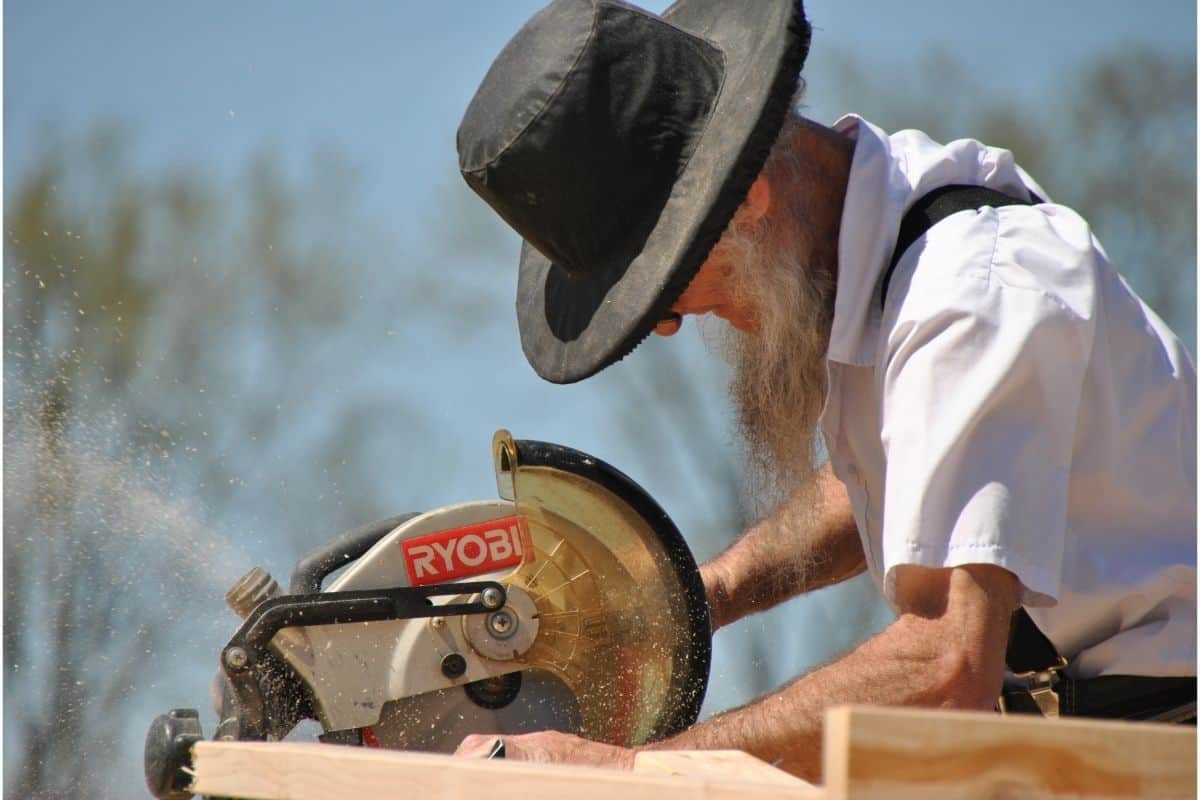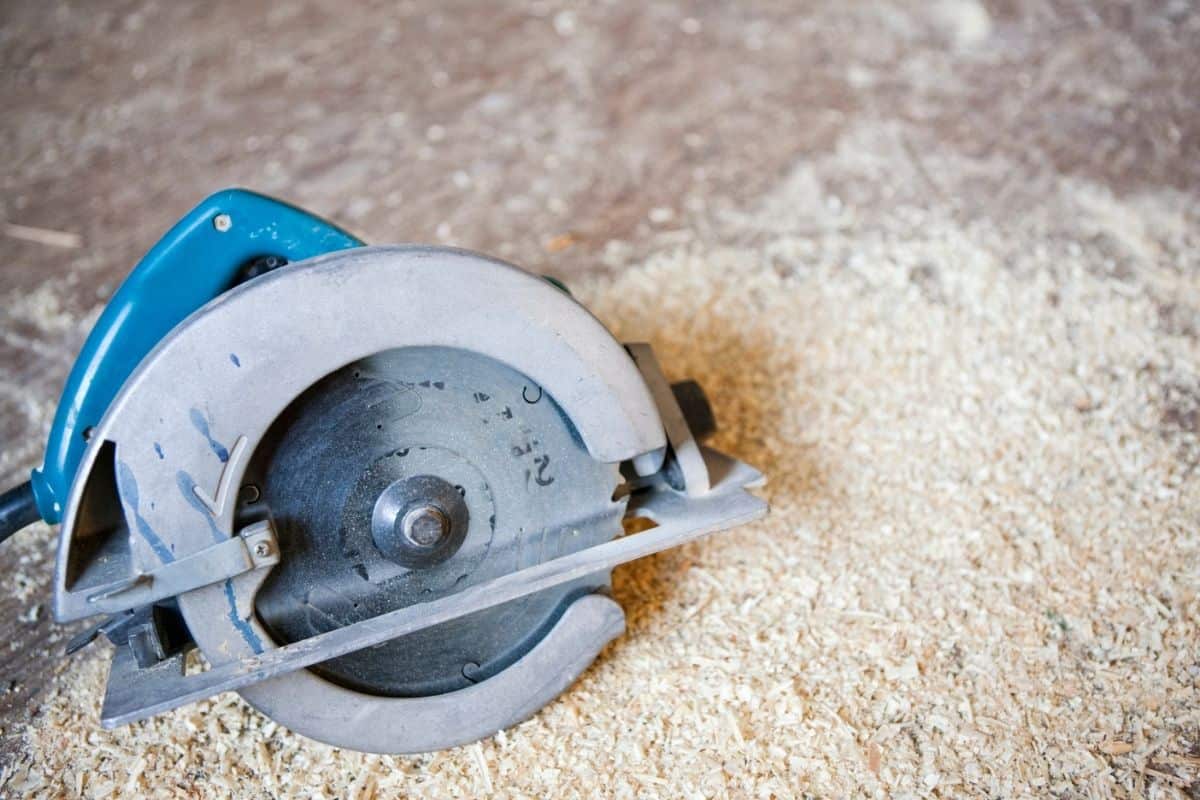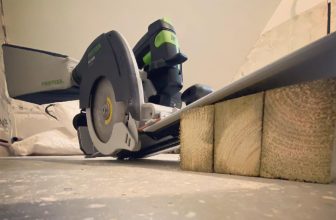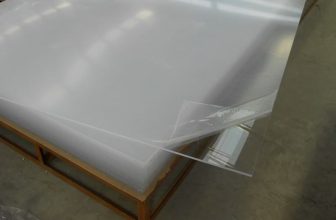6 1/2″ Vs 7 1/4″ Circular Saw Comparison
There are a lot of circular saw blades’ diameter variations, but 6 ½” and 7 ¼” are the most adopted ones in the US. Many circular saw users have reasonable questions about it. Which blade to choose?
How do their characteristics differ? What are the purposes of each type? So, in this article, we’ll make a 6 1/2 vs 7 1/4 circular saw comparison and determine which of them should be used in different situations.
Contents
How Do Blades Differ? Main Features
A circular saw blade is a disk-shaped nozzle with a sharp, serrated edge. A circular saw can be used for various materials, depending on the blade. Blades have different characteristics:
- shape and structure of the cutting edge;
- number and size of teeth;
- kerf (cut width),
- hook (rake angle);
- bore diameter (size of the mounting hole);
- blade type (purpose of usage);
- max. temperature;
- max. RPM;
- price (the better quality, the higher is the price);
- and, most important – size (diameter).
In today’s article, we will talk about the blade’s diameter.
Blade Diameter
There are many types of blades: for a clean or quick cut, for soft or hard timber, for laminated or clean surfaces. All these variations are achieved by different numbers of teeth, different teeth shapes, sizes, angles, etc. Users can change blades and use one circular saw for numerous situations.
Most Popular Blade Sizes
Blade diameter is the most important parameter that defines the functionality and usage of the saw. Circular saw sizes are a constant characteristic of the tool: saws are manufactured for one specific blade size.
Most popular blade sizes: 6.3”, 6.5”, 7.25”, 8.25”, 12”. However, the outer diameter never indicates the diameter of the seat — it is a separate parameter that must also match. The same is true for the blade thickness (kerf or cut width) — this parameter determines the thickness of the cut and can be different for any blade diameter.
Blade size (blade diameter, outer dimension) is always specified on the blade. Cheap blades have a simple inscription; expensive ones are more often laser engraved. This allows the numbers not to be erased even after prolonged use, while the usual inscription will no longer be visible. This parameter depends on the size of the casing of the saw itself.
A blade with a large diameter cannot be mounted on a saw with a small diameter casing. Operating disks of excessively small sizes is also fraught with consequences (because the casing and saw as a whole were designed for their specific size). The outer dimension does not affect the processing speed but determines the depth of the cut.
There are no universal blades on the market that can handle any kind of material. Now let’s hop into the 6 1/2 and 7 1/4 circular saw comparison.

6 ½” blades
6 1/2 blade cutting depth:
- Max (90 degrees) – 2.25”,
- Max (45 degrees) – 1.55”.
These blades are smaller than the 7.25”. They require a smaller cover and a smaller corp. The range of models among saws of this diameter is quite wide.
7 ¼ blades
7-1/4 circular saw cutting depth:
- Max (90 degrees) – 2.55”,
- Max (45 degrees) – 1.8”.
These blades are 0.8” bigger. In some cases, it’s possible to use a 6 1/2 blade, but if you need a deeper cut, it would be better to use a blade with a bigger diameter.
What Is 6 1/2 and 7 1/4 Difference?
The main difference for the blade itself is the depth of cut. Larger blades can cut deeper. It’s great and necessary for large and thick timber. Larger devices have a bigger weight so it compensates for vibration. More power makes cutting easier.
Also, it is much easier to work with smaller 6 ½ blades.
In contrast, saws for 6 ½” blades are smaller, compact, mobile, and lightweight. 6 inch circular saw models with Li-ion batteries (that means they are working from low voltage) are more popular. They make it possible to work in case of absence of electricity supply, power failure, or in some other circumstances. Also, a lighter saw is easier to handle.
Bigger saws, with 7 ¼” blades, are more powerful, cut deeper and faster. Also, there is a physical possibility to install a 6 ½” blade. There are models with a battery, but more often powered by 220V.

FAQ
How thick can a 6 1/2 circular saw cut?
Every blade manufacturer provides different thickness characteristics for the product. You can come across items with small thickness and low durability. In general, these ones have a 0.03-0.05 inch blade width and are commonly used for cutting wood.
In contrast, 0.06-0.09 inch blades are commonly used in powerful saws for particular purposes like cutting metal or aluminum.
How deep can a 7-1/4 inch circular saw cut?
It depends on the cutting angle. If you need to cut vertically (90deg), a cutting depth of 7.25 circular saw can possibly reach 2.55 inches, depending on the saw model and manufacturer.
But if you cut diagonally (45deg), you can count on only 1.6-1.8 inch depth. Obviously, these numbers may vary for the different saws and blades.
Can a 6.5 circular saw cut a 2X4?
A standard 2X4 wood is made of softwood species, so there won’t be any problems with a material harness.
Also, the thickness of a common 2X4 piece is, obviously, 2 inches. However, sometimes the size is even smaller. As mentioned earlier, the vertical (90deg) 6-1/2 circular saw cutting depth is 2.25 inches. So, the answer is Yes. It has enough blade diameter to cut 2X4 wood planks.
Also read:
- 7 Best Worm Drive Circular Saws
- 5 Best Circular Saws with Dust Collection
- How to Rip Narrow Boards With a Circular Saw
- How to Sharpen a Circular Saw Blade
- How to Change Circular Saw Blade
- Worm Drive vs Circular Saw
- Jigsaw vs Circular Saw
- Corded vs Cordless Circular Saw
- Track Saw vs Circular Saw
So, Is 7-1/4 Worth Buying or 6-1/2 Is Better Solution?
Our 6 1/2 vs 7 1/4 comparison shows that each size has its own pros and cons. Smaller saws are a better choice for mobile workers or teams. They often are wireless and go with batteries. Bigger ones are best for home use, workshops, manufacturers, etc. They are more powerful and quick but also are larger and work from 220V with a cord.
Write in the comments below, which blade and saw do you use and for what purposes? Are you satisfied with it? Share your opinion!
A properly selected circular saw will be a useful tool and will serve you for a long time!
“A good tool stays with you for many years and choosing carefully ensures the job is done right, your work is neat, and the tool is always a pleasure to use”






